New Construction Plumbing: White PVC vs The Black Stuff
fmfguy
17 years ago
Featured Answer
Comments (27)
lazypup
17 years agofmfguy
17 years agoRelated Professionals
Channahon Handyman · East Tulare County Kitchen & Bathroom Remodelers · Forest Hill Kitchen & Bathroom Remodelers · Biloxi Kitchen & Bathroom Remodelers · Boca Raton Kitchen & Bathroom Remodelers · Emeryville Kitchen & Bathroom Remodelers · New Port Richey East Kitchen & Bathroom Remodelers · Panama City Kitchen & Bathroom Remodelers · Vancouver Kitchen & Bathroom Remodelers · Joppatowne Kitchen & Bathroom Remodelers · Fairmont Kitchen & Bathroom Remodelers · Cave Spring Kitchen & Bathroom Remodelers · Glenn Heights Kitchen & Bathroom Remodelers · Sharonville Kitchen & Bathroom Remodelers · Travilah Kitchen & Bath Fixtureslazypup
17 years agobus_driver
17 years agolazypup
17 years agocastoff
17 years agojay_haitch
17 years agobrickeyee
17 years agolazypup
17 years agobus_driver
17 years agocastoff
17 years agofmfguy
17 years agolazypup
17 years agocastoff
17 years agolazypup
17 years agofrosty451
16 years agolazypup
16 years agohoundhandler
16 years agotonborg_midco_com
12 years agotjjfitz
6 years agogreasetrap
6 years agodman66
3 years agoJake The Wonderdog
3 years agoHU-823874677
3 years agoJason Keirstead
3 years agoHU-517782523
2 years ago
Related Stories
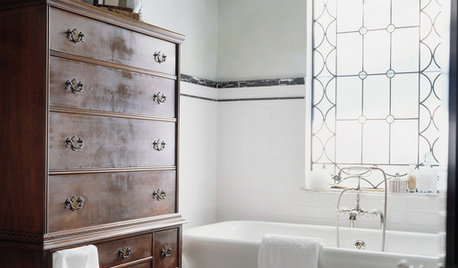
BATHROOM COLOR12 Gorgeous Black and White Bathrooms
Luxurious materials, vintage touches and thoughtful color splashes make these chic spaces worth borrowing ideas from
Full Story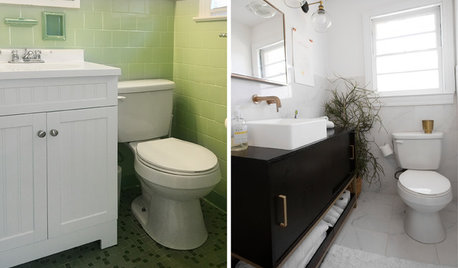
BATHROOM MAKEOVERSGet Ideas From This Budget-Friendly Black-and-White Bath
Hands-on homeowners in South Carolina add a shower to their pastel green bathroom for $4,300
Full Story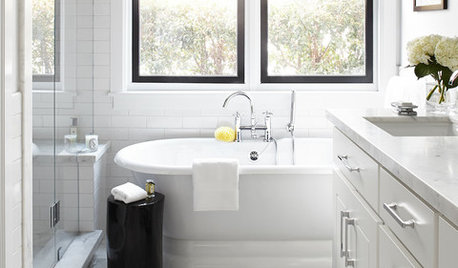
BATHROOM DESIGNBath of the Week: Black, White and Classic, With Some Twists
Black trim and tile keep an otherwise snowy bathroom in a 1910 home from feeling sleepy
Full Story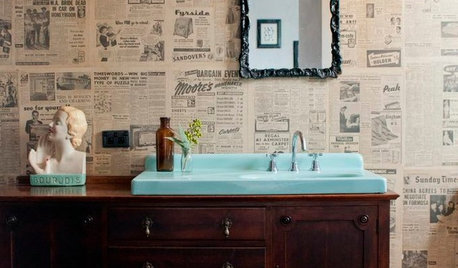
DECORATING GUIDESSo Your Style Is: Black, White and Read All Over
Make headlines at home with newsworthy decor
Full Story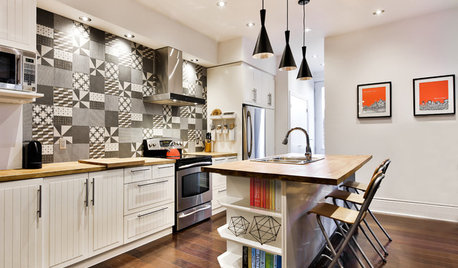
TILENew This Week: 4 Rooms With Black-and-White Tile Style
Use patterned black-and-white tile on floors and walls to bridge the gap between traditional and modern looks
Full Story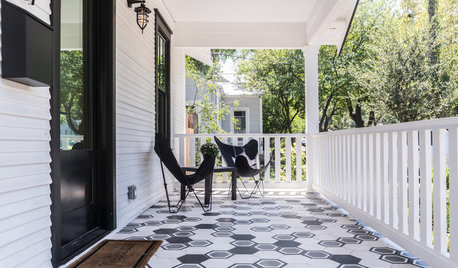
ECLECTIC HOMESHouzz Tour: Black-and-White Details Refresh a 1920 Texas Bungalow
A remodel keeps the original character of this Austin home while adding modern appeal
Full Story
HOUZZ TOURSMy Houzz: Black and White Is Right for a Brooklyn Studio
High contrast makes for graphic style in the home of a creative couple, filled with original art and custom furniture
Full Story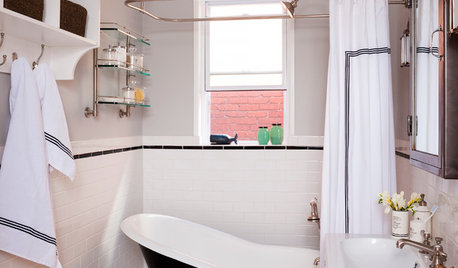
BATHROOM DESIGNRoom of the Day: Classic Black and White for a Victorian Bathroom
A claw-foot tub and a pedestal sink help keep this vintage Washington, D.C., bath open and airy
Full Story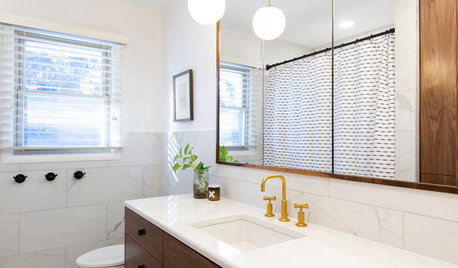
BATHROOM DESIGNBathroom of the Week: A Stylish Mix of Walnut and White
This 60-square-foot room mixes marble veining and warm wood, as well as brushed brass and matte black metal finishes
Full Story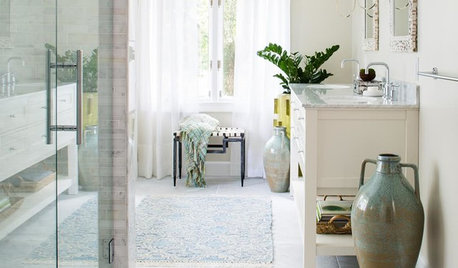
WHITERoom of the Day: Bye-Bye, Black Bidet — Hello, Classic Carrara
Neutral-colored materials combine with eclectic accessories to prepare a master bath for resale while adding personal style
Full Story







Joseph Corlett, LLC